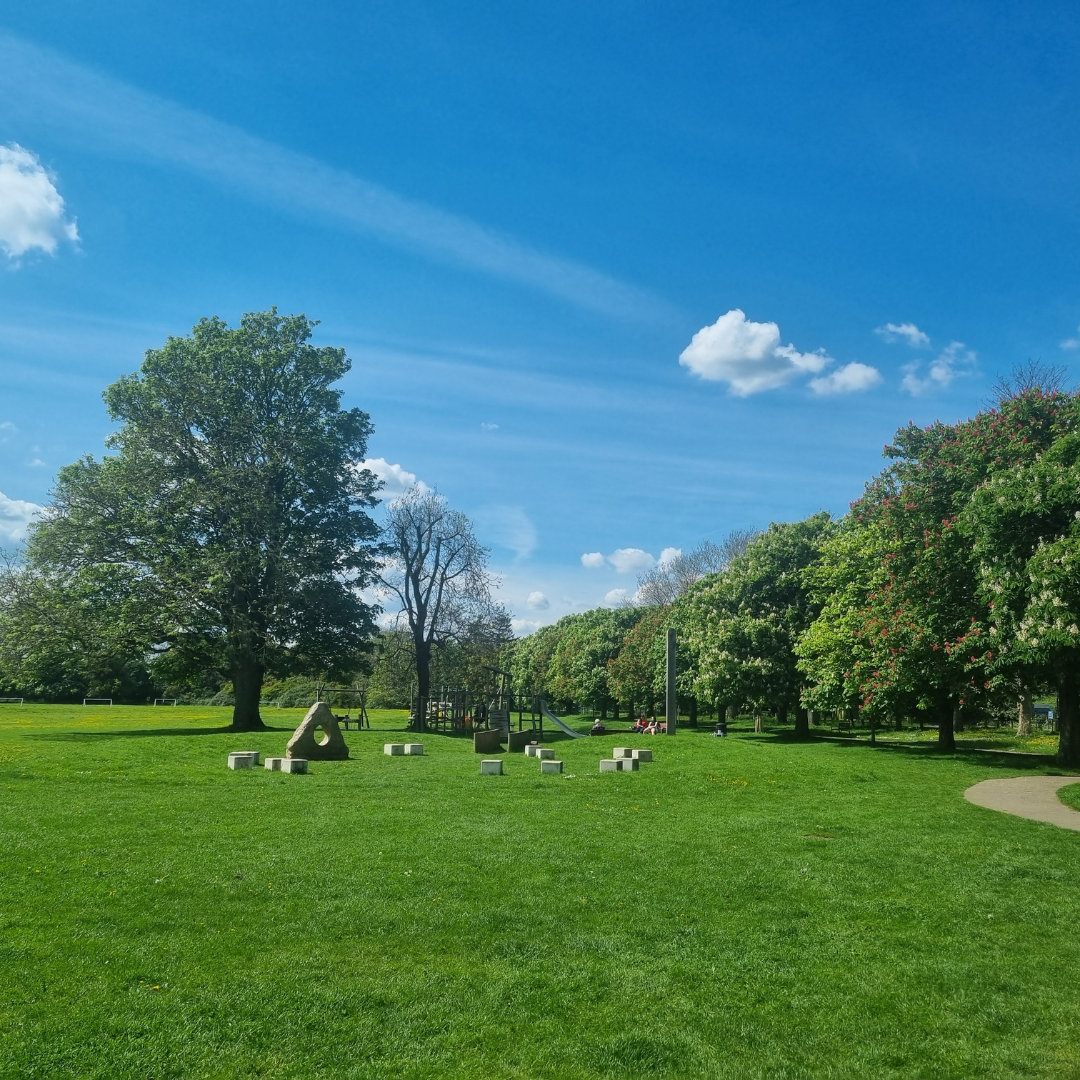Tucked away within the green spaces of Graylingwell Park lies a fascinating but often overlooked reminder of Chichester’s ancient past — an Iron Age dyke. While walkers and residents may pass it daily without much thought, this earthwork holds deep historical significance, offering clues to life in the area more than 2,000 years ago.
What is an Iron Age Dyke?
An Iron Age dyke is a type of ancient earthwork — essentially a long ditch, often accompanied by a bank — built during the Iron Age, a period in Britain that lasted from around 800 BC to the Roman invasion in AD 43. These dykes were carefully constructed using simple tools, requiring the movement of tonnes of soil by hand.
Unlike modern ditches, Iron Age dykes weren’t primarily used for drainage. Instead, they had a range of purposes: some marked territorial boundaries, others formed part of defensive systems around settlements or were used to control the movement of people and animals through the landscape.
Who Built It — and Why Here?
The dyke at Graylingwell Park is believed to be part of a wider network of Iron Age earthworks in and around the Chichester area. At the time, this landscape would have been dotted with small farming communities and tribal settlements — the most prominent group locally being the Belgae or possibly the Atrebates, tribal peoples who occupied southern Britain during the late Iron Age.
The dyke likely served as a boundary marker, helping define territory or protect valuable farmland and livestock. It may also have been linked to a nearby settlement — possibly a precursor to the Roman town of Noviomagus Reginorum (now Chichester) — which later became an important urban centre.
The position of the dyke, on elevated ground at Graylingwell, would have offered a clear line of sight and strategic value. These ditches weren’t necessarily military fortifications in the modern sense, but they did serve as deterrents or control points, perhaps guiding movement along routes or separating tribal lands.
A Hidden Heritage
Today, much of the dyke has been softened by time and development, but traces remain visible at Havenstoke Park. These gentle undulations and banks are a testament to thousands of years of history underfoot.
Its survival is remarkable, particularly in a landscape that has seen so much change — from prehistoric farmland to a Victorian asylum, and now a thriving residential community. It’s a rare example of an Iron Age landscape feature surviving in a modern urban setting, making it an important piece of local heritage.
Why It Matters
The dyke is more than a ditch in the grass — it’s a tangible link to the people who lived, worked, and shaped this land long before written history. It reminds us that Graylingwell Park isn’t just a modern community — it’s part of a living, layered history that stretches back millennia.
Protecting and interpreting features like the Iron Age dyke helps us understand our place in that long story, and offers an incredible opportunity for education, exploration, and connection with the past.
Next time you walk through Graylingwell Park, take a moment to look for the gentle lines in the landscape — and imagine the footsteps of those who walked there long before us.



